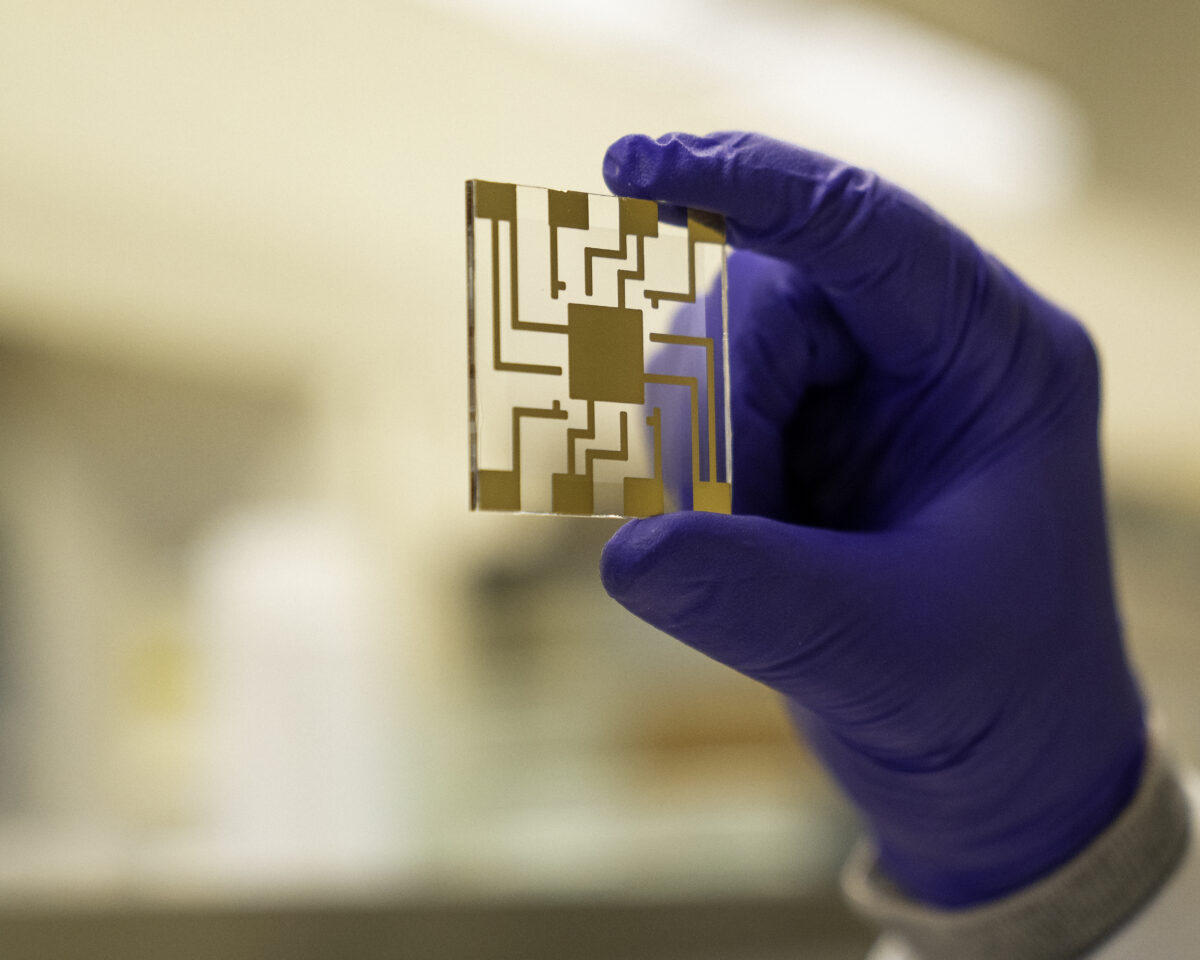Clean chemistry company Mattiq is working on developing a portfolio of alternatives to iridium – a rare, costly material used in clean hydrogen production – in what the company calls the most comprehensive, systematic study of iridium alternatives ever conducted.
Iridium oxide catalysts are used in proton exchange membrane water electrolyzers, a product that is being manufactured at larger scales in part to support the hydrogen industry. However, iridium is rare to find and very expensive — the current production of the material will only be enough for annual manufacturing capacity of around 3 GW to 7.5 GW of electrolyzers, according to the International Renewable Energy Agency. In contrast, forecasts indicate demand for 100 GW by the end of the decade.
“Deploying alternatives to iridium oxide is essential to support this rapid growth, reducing supply chain risk and accelerating the scaling of clean hydrogen, an essential enabler in the effort to decarbonize hard-to-abate industrial sectors,” the company said.
The company has to keep the specific alternative materials confidential to protect its intellectual property, but in general, the alternative catalysts are mixtures of metals that, by virtue of “alloying,” take on new properties compared to individual metals, Mattiq CEO Jeff Erhardt told pv magazine USA.
“As a result, we reduce or eliminate iridium content while retaining the performance of state-of-the-art iridium-based catalysts,” Erhardt said.
The company expects to announce a commercial partnership within the first half of 2024. Mattiq is also in discussions with a number of industrial partners to commercialize and rapidly scale these products to market, and has seen a lot of interest so far, Erhardt said.
However, the industry still faces some challenges in terms of ramping up the deployment of these iridium alternatives. One key challenge is the standardization of reliability testing for electrocatalyst materials, Erhardt said.
The reason iridium catalysts are state-of-the-art is because they are durable and reliable over long periods of times in electrolyzers, and electrolyzer OEMs who want to integrate novel iridium alternatives into their equipment will first need to evaluate them under standardized testing conditions against the state-of-the-art catalysts they use now, he added.
There are certain measures policy makers can take to help address these challenges. For instance, they could support third-party testing facilities, like national laboratories, that validate the performance of novel catalyst materials using best-practice protocols accepted by industry, Erhardt said. They could also continue supporting novel technologies across the development chain.
Most importantly, he said, while hydrogen is currently garnering a lot of attention, policy-makers need to understand that electrolyzers and electrochemistry can do much more than produce hydrogen.
“We are working to enable the clean production of a vast range of chemicals, plastics, and fuels beyond hydrogen – and do so in a clean way. This is what will enable us to decarbonize the “hard-to-abate” chemicals industry,” said Erhardt.
This content is protected by copyright and may not be reused. If you want to cooperate with us and would like to reuse some of our content, please contact: editors@pv-magazine.com.








By submitting this form you agree to pv magazine using your data for the purposes of publishing your comment.
Your personal data will only be disclosed or otherwise transmitted to third parties for the purposes of spam filtering or if this is necessary for technical maintenance of the website. Any other transfer to third parties will not take place unless this is justified on the basis of applicable data protection regulations or if pv magazine is legally obliged to do so.
You may revoke this consent at any time with effect for the future, in which case your personal data will be deleted immediately. Otherwise, your data will be deleted if pv magazine has processed your request or the purpose of data storage is fulfilled.
Further information on data privacy can be found in our Data Protection Policy.